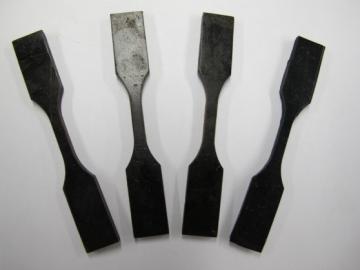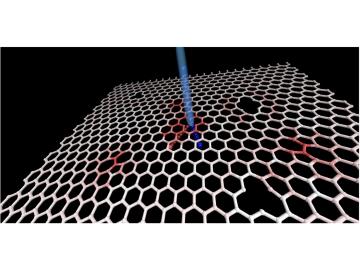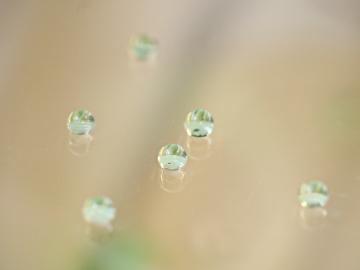Filter News
Area of Research
- (-) Materials (44)
- (-) Renewable Energy (2)
- Advanced Manufacturing (2)
- Biological Systems (1)
- Clean Energy (50)
- Climate and Environmental Systems (2)
- Fossil Energy (1)
- Fusion and Fission (1)
- Isotopes (1)
- National Security (2)
- Neutron Science (16)
- Nuclear Science and Technology (7)
- Supercomputing (22)
- Transportation Systems (1)
Media Contacts

A collection of seven technologies for lithium recovery developed by scientists from ORNL has been licensed to Element3, a Texas-based company focused on extracting lithium from wastewater produced by oil and gas production.

Electric vehicles can drive longer distances if their lithium-ion batteries deliver more energy in a lighter package. A prime weight-loss candidate is the current collector, a component that often adds 10% to the weight of a battery cell without contributing energy.



Researchers at the Department of Energy’s Oak Ridge National Laboratory have demonstrated that permanent magnets produced by additive manufacturing can outperform bonded magnets made using traditional techniques while conserving critical materials. Scientists fabric...



As a boy growing up in China, Xiaobing Liu knew all about Oak Ridge and the World War II Manhattan Project. He had no idea that he would one day work at DOE’s Oak Ridge National Laboratory, the Secret City’s successor. Liu is a lead researcher in geothermal heat pump (GHP) techn...






